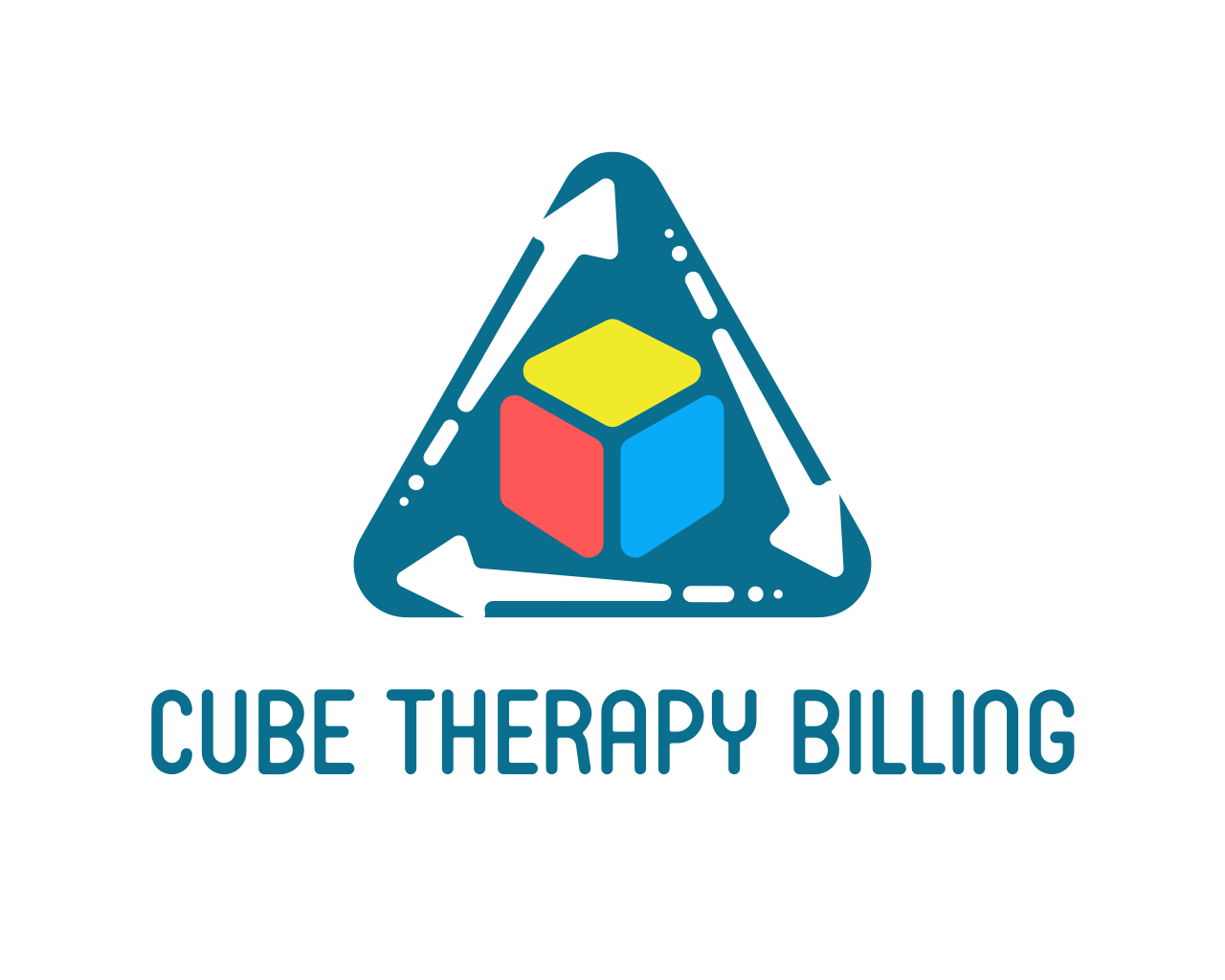Why Most ABA Clinics Get Paid Late - And How to Fix It
- Veronica Cruz

- Mar 19
- 4 min read
Updated: Jul 11

ABA clinics provide crucial therapy for individuals with Autism Spectrum Disorder (ASD). A major challenge they face is delayed payments from insurance companies. This affects ABA billing services and harms their financial health.
Payment delays disrupt cash flow, slow operations, and increase administrative work. This makes it tough for clinics to run smoothly.
The good news?
ABA therapy billing companies find the main causes of these delays. By using targeted strategies, clinics can protect their revenue and boost financial stability. This article explains why ABA clinics struggle with late payments. It also offers practical tips to speed up reimbursements and improve efficiency.
Inconsistent payer and state requirements
The Challenge
ABA therapy billing varies a lot by state and insurance payer, unlike other medical fields. This lack of standardization causes confusion. It increases administrative tasks and often leads to claim denials or delays.
Key Inconsistencies ABA Clinics Encounter
ABA clinics face several key inconsistencies, such as:
Documentation needs vary by payer. Some require detailed treatment plans, while others request less information.
Insurers use CPT codes differently. This can change whether a claim is accepted.
Medicaid policies change from state to state. This makes billing tricky for ABA providers who work in multiple states.
The Impact
These inconsistencies require ABA clinics to tweak their documentation, coding, and authorization processes. They need to adjust to fit various payer needs. This creates a big workload and increases the chance of claim mistakes or denials.
How to Fix It
Develop a billing guide for each insurance company.
Include their specific documentation and coding needs.
Use practice management software. It helps with billing and keeps payer requirements updated. Plus, it makes submissions easier.
Regular staff training: Keep billing staff informed about changes in insurance policies and state rules. This helps reduce errors.
Challenges in Pre-Authorization Processes
The Challenge
ABA therapy is a long-term treatment, which makes pre-authorization essential before services start. The pre-authorization process can be slow and complicated. This often leads to payment delays if not handled properly.
Common Pre-Authorization Hurdles
Common hurdles include:
Frequent reauthorization requirements: Many payers need ongoing approvals every 3-6 months.
Insurers usually need detailed reports, treatment plans, and reasons for ongoing therapy.
Payer response delays: ABA therapy insurers can take weeks to process pre-authorization requests. This can delay the start of services.
The Impact
Without timely pre-authorization, ABA clinics risk providing services that may be denied later. This results in unpaid claims, disputes with insurers, and revenue loss.
How to Fix It
To enhance the pre-authorization process, clinics should consider these strategies:
Automate pre-authorization tracking. Use billing software to notify clinics about reauthorizations and deadlines.
Keep client records up to date.
Update all data, treatment progress, and medical necessity documents.
This makes submission easy.
Create a pre-authorization team: Form a group to handle pre-authorizations.

Documentation and Coding Errors
The Challenge
Even small mistakes in claim documents or coding can lead to denied or delayed payments. ABA billing uses complex CPT codes, time-based units, and session modifiers. This makes accuracy very important.
Common errors in documentation and coding include:
Incorrect CPT codes or modifiers: Misclassifying services can cause claim rejections.
Session length mismatches: Billing for wrong session durations can trigger audits and disputes.
Incomplete documentation can slow down payments. Missing items include progress notes, therapist signatures, and diagnosis codes.
The Impact
Claim denials from documentation errors slow cash flow and raise administrative costs. Clinics must rework claims, which delays revenue collection even more.
How to Fix It
Implement the process below
Set up an internal audit process.
Conduct monthly audits of billing and documentation.
This helps catch errors before submission.
Use coding automation tools. Use AI billing tools to find coding and documentation errors before sending claims.
Enhancing alongside the modernization of medical billing in the sector is vital.
Train staff regularly.
Update BCBAs, RBTs, and admins on coding changes.
Cover credentialing protocols, insurance policies, and documentation practices.
Lack of Medical Necessity Justification
The Challenge
Insurance payers require strong evidence that ABA therapy is medically necessary for the patient. If an insurer does not find sufficient justification, claims can be denied, leading to lengthy appeals and delayed payments.
Common issues with medical necessity justification include:
Insufficient supporting documentation: Lack of treatment plan updates, progress reports, or standardized assessment scores.
Failure to meet insurer criteria: Some payers have strict clinical benchmarks that must be met for continued authorization.
Generic treatment goals: Vague or non-individualized goals make it difficult to demonstrate medical necessity.
The Impact
Without clear and comprehensive medical necessity justification, insurance companies may reject claims outright, forcing ABA clinics into costly and time-consuming appeals.
How to Fix It
Maintain detailed patient records: Document client progress, therapy goals, and medical necessity evidence in every session note.
Align documentation with payer guidelines: Ensure treatment plans align with ABA insurance billing company requirements to strengthen ABA billing services and improve approval rates.
Use standardized assessment tools: Incorporate validated scoring methods (e.g., Vineland Adaptive Behavior Scales, ABLLS-R, or AFLS) to provide objective evidence of medical necessity.
FAQs
1. Why do insurance companies delay ABA payments?
Insurance companies often delay payments due to inconsistent billing requirements, missing pre-authorizations, incorrect coding, and a lack of medical necessity justification.
2. How to reduce accounts receivable in ABA billing?
Enhancing ABA billing services requires optimizing claim submissions, ensuring accurate coding, streamlining prior authorizations, following up aggressively on unpaid claims, implementing automated reminders, verifying insurance upfront, and analyzing denials to improve revenue cycle efficiency.
3. What is the best way to handle pre-authorization issues?
Setting up a dedicated pre-authorization team, automating tracking processes, and ensuring thorough documentation can minimize authorization-related delays in ABA billing.
Conclusion
Delayed reimbursements can create big problems for ABA clinics. They often arise from inconsistent payer demands, delays in pre-authorization, documentation errors, and weak reasons for medical necessity. These issues lead to claim denials, confusion, and cash flow problems.
Clinics should use structured ABA billing services that fit payer needs to tackle these challenges. Automating pre-authorization tracking is key. Proactive documentation audits also help. Strengthening medical necessity support with standard assessment tools is essential, too.
Better processes help ABA clinics get quicker reimbursements, lower denials, and achieve financial stability. This also means better patient care.
Need Help Managing Your ABA Billing?
If your clinic is struggling with revenue cycle inefficiencies, consider partnering with a specialized ABA billing service to streamline payments and boost financial stability.
➡ Contact us today for a free consultation!



